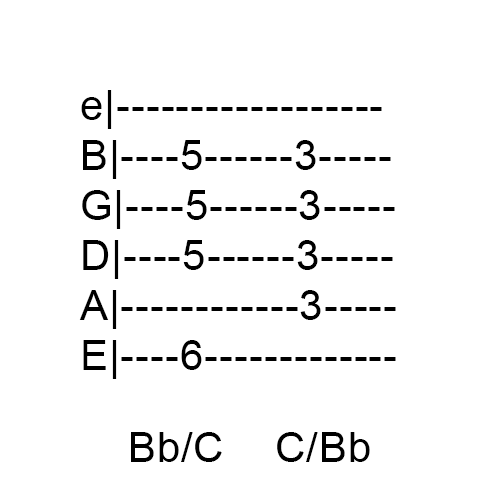
Today my whole dwelling shook like a bowl full of Mexican jumping beans, which I assumed was a hallucination until I heard the belated tones of the the Emergency Alert System.
Did we just get HAARP’d? Have the Nephilim returned? No, it was just a rare and mild New York earthquake that got us Yankees shook.
The Attention Signal used to be played on late-night television. A mysterious man with a transatlantic accent would explain, “This is a test…this is only a test.” There was even a jingle. The Cold War was raging and we expected the Russkies to invade us at any moment, parachuting down like Tetris pieces as seen in the movie Red Dawn.
The EBS is now called the Emergency Alert System because no one watches TV anymore. That name doesn’t sound quite as good, but nothing does. Thanks, Biden. At least they kept the same tones.
Two sine waves sounding together make up the Attention Signal—853 hz and 960 hz. The interval was chosen for how annoying it is, so Americans would take heed. Click on the score and despair!
Just look at that mess of accidentals, markings, and noteheads. I tried to make it as annoying to look at as it sounds. The Attention Signal is two tones, roughly a half-flat A and a half-flat B, creating a dissonant whole tone interval.
Forgoing the alarm bells and war horns of the previous ages, the Attention Signal heralded the electronic age with its pure sinusoidal waveforms. Now that Cold War 2.0 is back in full swing, I expect we’ll be hearing more of these dreadful tones. Time to break out my schoolboy desk, so I can scurry underneath and hide from the Soviet tetrominos.








